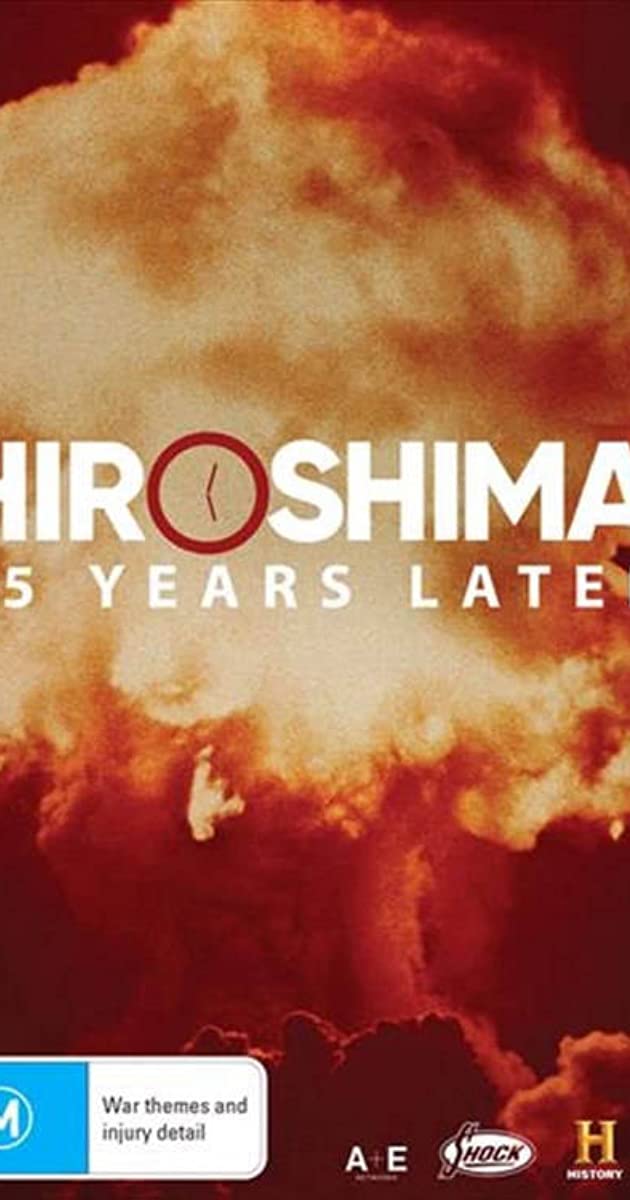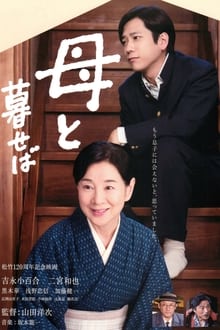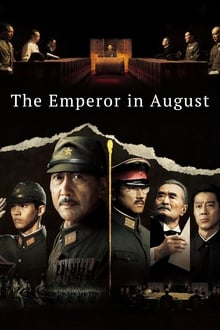Search

Hiroshima and Nagasaki: 75 Years Later is told entirely from the first-person perspective of leaders, physicists, soldiers and survivors.

In Nagasaki, Tora-san and an acquaintance help an old woman who has fallen and injured herself. She invites them to her home where the three share a night of eating and drinking. The old woman’s health deteriorates and she dies. At her funeral, Tora-san falls in love with the old woman’s daughter, but winds up acting as a go-between for her and a young law student.

Nobuko (Sayuri Yoshinaga) works in Nagasaki, Japan as a midwife. Her son died 3 years earlier from the atomic bomb. On August 9, 1948, her son appears in front of her again. Since that time, Koji (Kazunari Ninomiya) appears in front of her and they reminiscence about pleasant times. These happy, but bizarre moments seem eternal.

In July 1945, during the end of World War II, Japan is forced to accept the Potsdam Declaration. A cabinet meeting has continued through days and nights, but a decision cannot be made. The U.S. drops atomic bombs on the cities of Hiroshima and Nagasaki, Japan. General Korechika Anami is torn over making the proper decision and the Emperor of Japan worries about his people. Prime Minister Kantaro Suzuki leads the cabinet meeting, while Chief Secretary Hisatsune Sakomizu can’t do anything, but watch the meeting. At this time, Major Kenji Hatanaka and other young commissioned officers, who are against Japan surrendering, move to occupy the palace and a radio broadcasting station. The radio station is set to broadcast Emperor Hirohito reading out the Imperial Rescript on the Termination of the War.